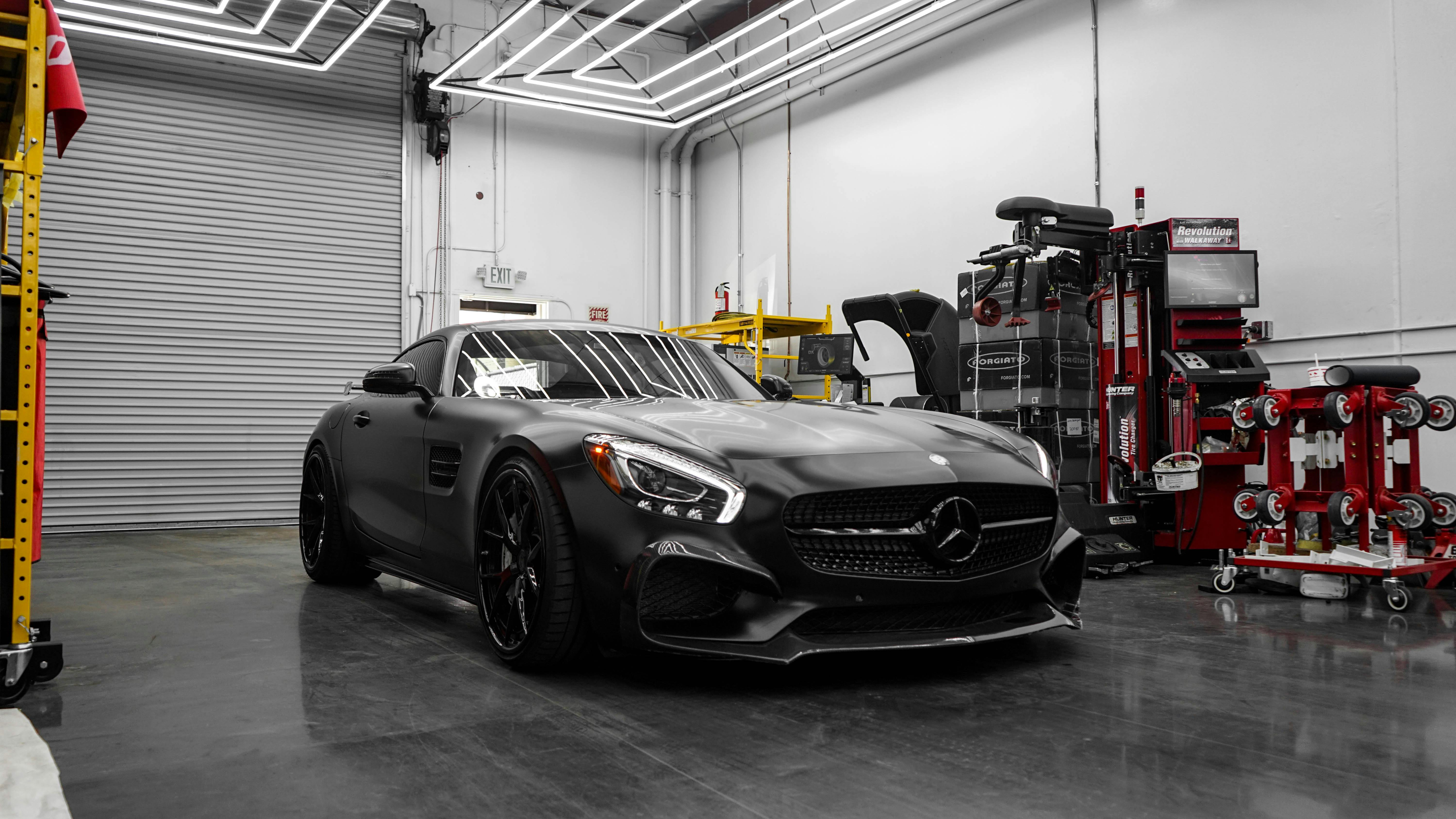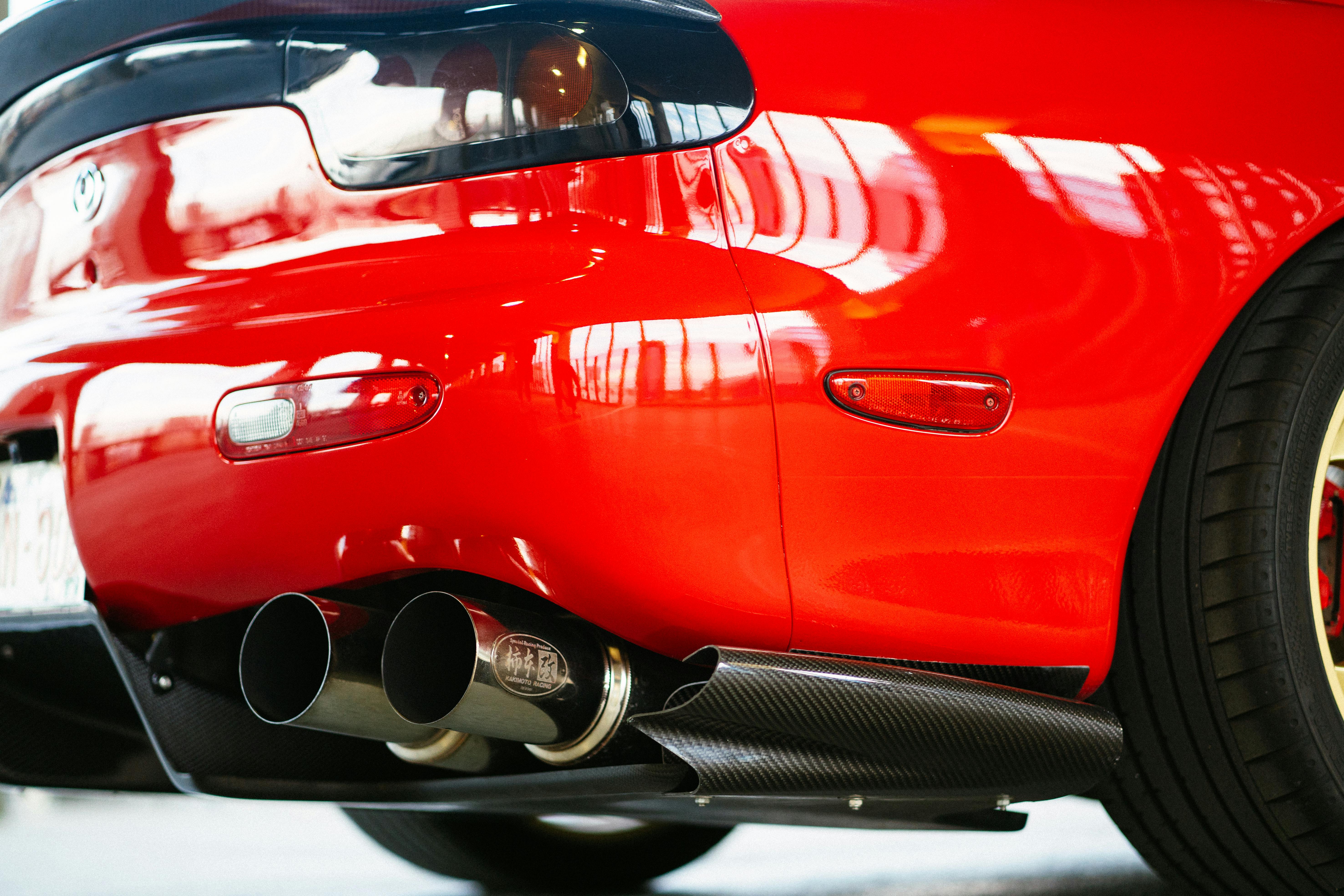California Smog Check for Modified Cars: A Complete Guide
Author
Bahram Najafzadeh
Date Published

California has some of the strictest emissions regulations in the United States, and its Smog Check program is central to maintaining air quality standards. For car enthusiasts, the desire to modify a vehicle for performance or aesthetics often comes with a crucial question: "Will my car pass a smog check?"
While these regulations can be a challenge, they don't necessarily make all modifications illegal. The key is to understand and comply with California's specific laws. This guide will provide a comprehensive overview of how modified cars are treated in the smog check process, what is required for compliance, and what to do if you've already made a modification.
The Basics of California's Smog Check Program
The Smog Check program applies to most vehicles registered in California every two years as part of the registration renewal process. The inspection is designed to identify vehicles that produce excessive emissions and ensure they meet state environmental standards.
The inspection has two main components:
Visual Inspection: A technician will visually inspect the engine and exhaust systems to confirm that all emissions control components are present and have not been tampered with.
Functional Inspection: For most vehicles from 2000 and newer, a technician connects to the vehicle's On-Board Diagnostics (OBD) system to check for emissions-related fault codes. For older vehicles, a tailpipe emissions test is performed to measure pollutants.
Common Modifications and Smog Check Challenges
For a modification to be legal in California, it must be approved by the California Air Resources Board (CARB) and have a valid Executive Order (EO) number. This number proves that the part has been tested and certified not to increase a vehicle's emissions.
Aftermarket Parts (Intakes, Headers, etc.)
Any part that affects the engine's emissions, such as a cold air intake, exhaust manifold (headers), or a performance chip, must have a CARB EO number. During the visual inspection, the smog technician will look for these parts and verify the EO number against a state database.
The Rule: A part without a valid EO number for your specific vehicle is considered an illegal modification, and your car will fail the smog check, regardless of its effect on emissions.
How to Check: You can look up a part's EO number on the CARB website's Aftermarket Parts Database. It's a good practice to ask the manufacturer or retailer for the EO number before you buy a part.
Engine Swaps
An engine change is the installation of an engine different from the one originally installed in the vehicle. While this is a complex modification, it is legal in California if done correctly.
The Rules:
The replacement engine must be from the same year or newer than the vehicle's chassis.
All of the original emissions control equipment from the donor engine must be installed on the vehicle and fully functional.
You can't put a heavy-duty truck engine into a passenger car, as the emissions standards are different.
Referee Inspection: If you perform an engine swap, your vehicle must undergo an initial inspection at a Smog Check Referee Center. If your car passes, the Referee will issue a BAR Referee label, which is a permanent sticker affixed to your car that allows it to be smog-checked at a regular station in the future.
Exhaust Modifications
Modifying a vehicle's exhaust system, especially by removing the catalytic converter, will lead to an automatic failed inspection. California law mandates the presence of a catalytic converter that meets state standards.
ECU Tuning and Performance Software
Performance tuning that alters the engine's electronic control unit (ECU) software can cause the vehicle to fail. A smog technician can detect a modified ECU, and if it's not a version approved by CARB, it will result in an automatic failure.
Preparing for a Smog Check
To improve the chances of passing a smog check with a modified car, follow these steps:
Verify Compliance: Before your test, ensure all aftermarket parts have a valid CARB EO number. If a part does not, you must replace it with a stock or CARB-approved part.
Address the "Check Engine" Light: If your Check Engine Light (CEL) is on, your car will automatically fail. Get the issue diagnosed and repaired before your inspection.
Revert to Stock: The safest and most reliable way to pass a smog test with a heavily modified car is to temporarily restore it to its factory configuration.
Use a Pre-Test: Some smog check stations offer a pre-test, which is an unofficial inspection that can help you identify any issues without the results being reported to the DMV.
The Smog Check Referee: Your Ally in Compliance
The Smog Check Referee program, a partnership between the Bureau of Automotive Repair and community colleges, provides specialized services for unusual vehicles and complex cases. They can assist with:
Engine Change Certification: Referee centers are the only place authorized to certify vehicles with engine changes.
Failed Smog Check Review: If you believe your vehicle should have passed, you can get a third-party evaluation at a Referee station.
Emissions Law Citations: If you receive a citation from law enforcement for modified emissions controls, a Referee can inspect the vehicle.
By understanding California's strict regulations and ensuring all modifications are legal and properly installed, car enthusiasts can enjoy their vehicles while staying on the right side of the law and contributing to a cleaner environment.

Understand how high-performance cars navigate smog checks. Learn about common challenges, legal requirements and tips for passing your emissions test.

Discover California's smog check exemptions. Learn if your car, from new models to out-of-state, classics, and EVs, is exempt from testing.